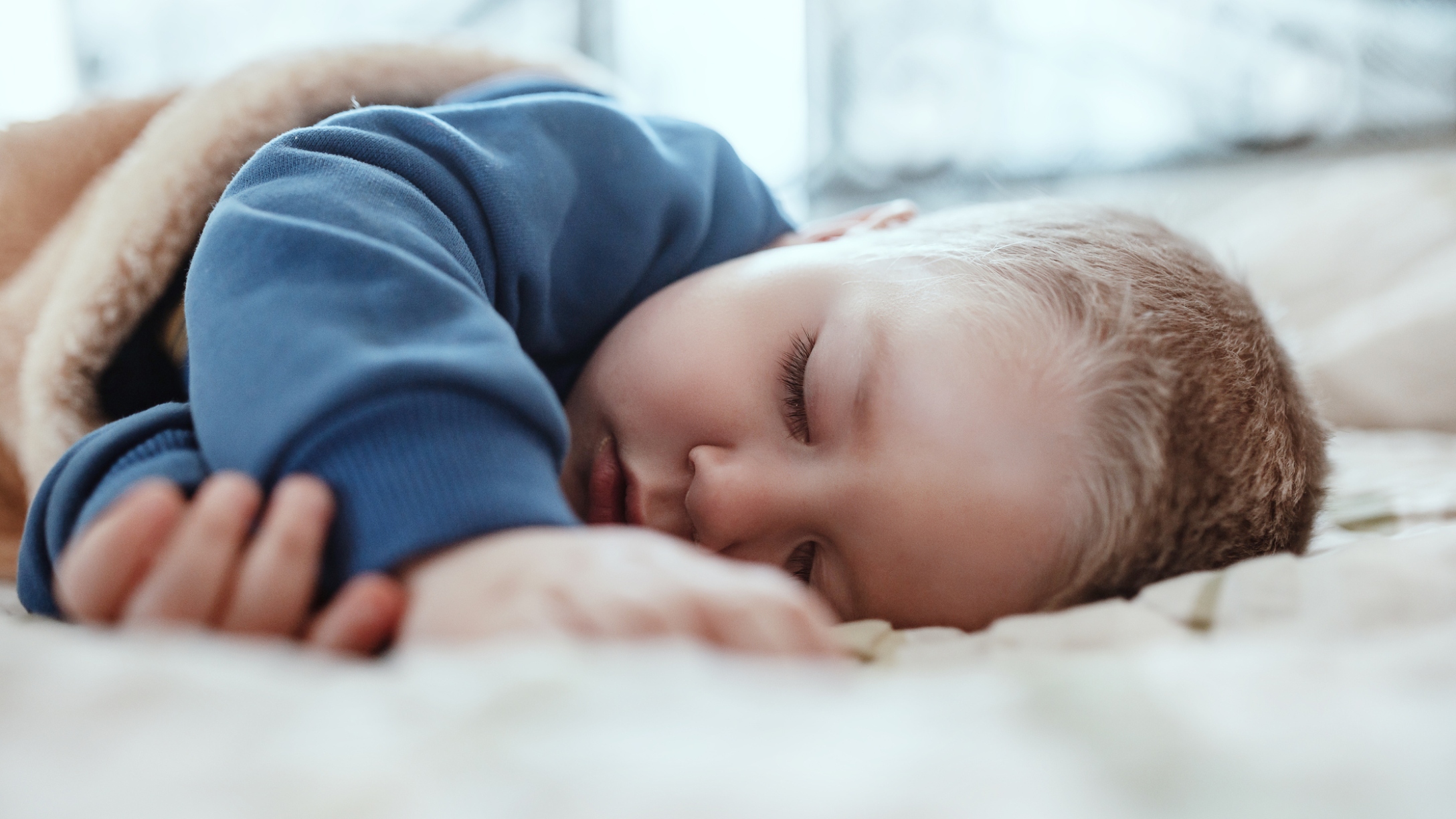More sunshine in the evening may be good for vitamin D levels, but losing an hour of sleep can wreak havoc on your household, and dealing with the fallout from springing the clocks forward can leave everyone feeling cranky and refusing to come out from under the covers. If your child usually gets up at 7 a.m., thanks to Daylight Savings Time, it will feel like 6 a.m. instead. Ugh.
Caffeine is a great plan to help yourself cope with less zzz’s, but what about the kids? We talked to pediatricians and sleep experts to come up with several ways to help make the transition to Daylight Savings Time easier on everyone (without sending the little ones away to Grandma’s for the weekend).
More from CafeMom: Mom Shares Urgent Easter Candy Warning After Her 5-Year-Old Chokes to Death
For example, if your child usually goes to sleep at 8 p.m., try the following bedtime schedule:
Thursday: 7:45
Friday: 7:30
Saturday: 7:15
Sunday (first night of DST): 8:00
“If possible, also wake your child earlier by 15 minutes each day,” she says. “Doing it in small increments is not as much of a shock to the system and gives your child more time to adjust.”
Exposure to natural light right after waking up can help convince the body that it’s time to wake up.
“In the morning try to have your child obtain as much light exposure as possible. Open the curtains and turn on the lights,” she suggests. Even better, if you have some free time, take them outside for 30 to 60 minutes.
More from CafeMom: Science Proves Husbands Stress Moms Out More Than Twice as Much as Kids Do & We Feel Totally Vindicated
“Stick to your usual bedtime routines, whether that means bath time, reading, brushing teeth, or whatever nighttime rituals your child is used to,” she suggests. “For example, don’t skip out on reading in an effort to get them to bed earlier if they’re used to two books before bed – just move the reading time up in conjunction with an earlier bedtime.”
Stick to hanging out indoors in the late afternoon and evening until the family has adjusted to the time change. You can also close the drapes and use low-watt bulbs to keep your house dim. If you have to be outside at those times, Nowakowski reminds us that kids’ sunglasses aren’t just adorable, but they’ll also help block the light from your children’s eyes, making it easier for them to fall asleep later.
“There is no need to adjust naps during the day,” says Dr. Jared Patton. “This is especially important for those that must go to daycare or an early education center.”
If you’re home and the baby seems sleepy earlier, rest is best, so put him down and don’t worry about it. But in general kids will naturally calculate the change in time for daytime naps, so no need to leave special instructions for the babysitter.
And if you’re wondering if this weekend is the perfect time to try cutting screen time, it might be best to hold off. “As far as making additional changes in the way of limiting screen time usage, I would not advise. It is best to make only one change at a time. Too many adjustments may confuse the issue at hand,” says Miami pediatrician Dr. Gary Kramer.

